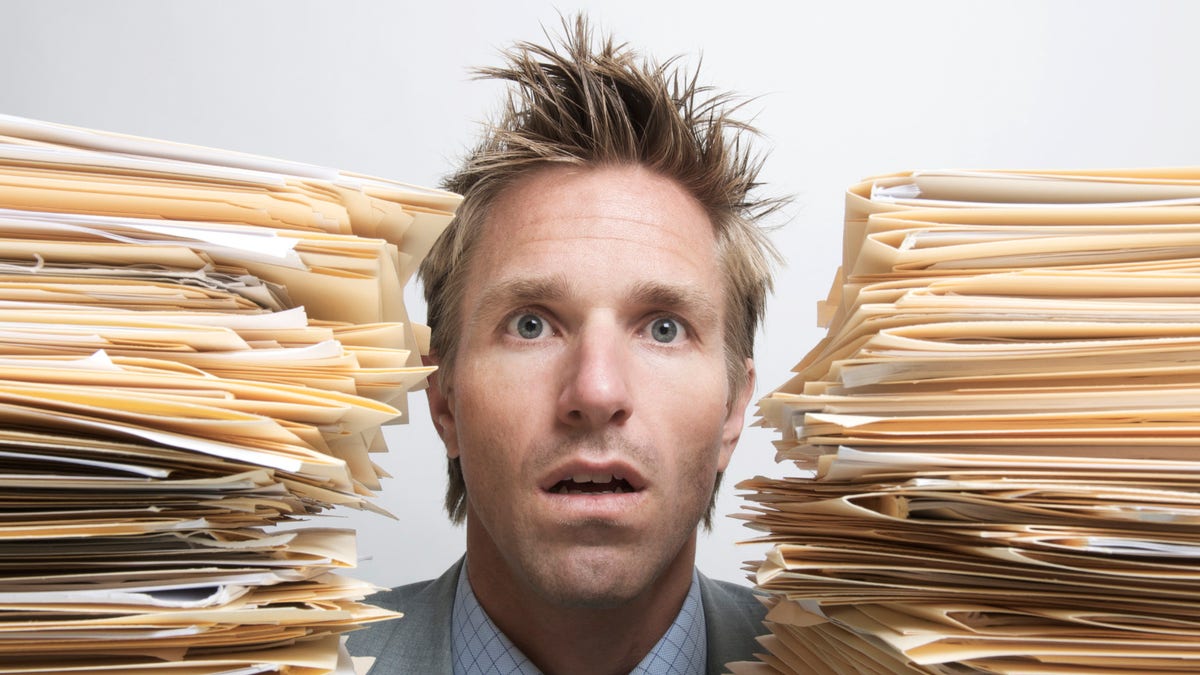
Confused by mortgages?
You've found a home you love … only how are you going to pay for it? If you are like most Americans, you'll need to get a home loan -- also known as a mortgage. Paying for a home is a bit more complicated than slapping down a credit card or a pile of cash. OK, a lot more complicated. But that's why we're here -- to guide you through those murky financial waters!
In previous installments of our " Learning the Lingo" series, we've covered everything from types of couches to kitchen renovations. This time we're decoding the main mortgage terms so you will know what they really mean. If you study up, you can sail through the home-buying process without getting lost in the financial mumbo jumbo.
Down payment
When you and the seller agree to a price, you will need to make a down payment -- the lump sum in cash that you can afford to pay at the time of purchase. Traditionally, down payments are 20% of the purchase price, so if you are buying a home for $500,000, your typical down payment would be $100,000. In some red-hot markets, buyers expect higher down payments, sometimes as much as 40%. Don't have that much money lying around? You might have to do some searching. The days of no-cash-down mortgages are mostly a thing of the past -- and for good reason (We're looking at you, subprime mortgage crisis). You can still find mortgages that require less than a 20% investment, but be warned: You will typically pay for that privilege down the road with a higher interest rate (see more below).
Principal
Miracle of miracles, you've made your down payment. Yay! The rest of the money you still owe on your home is called the principal. This is what you will be paying off, monthly, over the lifetime of the mortgage, which can last anywhere from five to 30 years -- usually 30.
Interest
Nothing is free, especially when you are using someone else's money. Just like your car or college loan, you will pay back the money you borrowed from your lender (most likely a bank) with interest -- a percentage of the principal that you borrowed. Right now, interest rates are hanging around 4% for 30-year, fixed-rate mortgages (more on what that means later).
Fixed-Rate Mortgage
If you don't like surprises -- like a sudden jump in your mortgage's interest rate -- then this type of mortgage is for you. Once you lock in your interest rate with your lender, that's it: The rate remains fixed -- your monthly payments will remain the same for the life of the mortgage. This can be good or bad, but it will always be predictable. While shopping around for the lowest rate, you will notice that interest on fixed-rate mortgages is almost always higher initially than on adjustable-rate mortgages (see below). But over the long run, avoiding the uncertainty of sudden rate hikes might be worth the peace of mind.
Adjustable-Rate Mortgage (ARM)
This type of mortgage does exactly what it says: Its interest rate will be adjusted by the lender in accordance with market fluctuations. The good news? The initial ARM interest rate is usually lower than that of a fixed-rate mortgage, and if the stock market is falling, your interest rate and the amount you pay every month will fall too. The bad news? If market indexes rise, so do your interest rate and payments. While ARMs make some home buyers leery, there are times when it makes sense to get one. Some adjustable-rate mortgages can have an initial period, often 5 years, when the interest rate stays fixed before it starts vacillating -- and that can make an ARM seem less risky.
ARM caps
If you want an ARM but want to avoid the heart attack that comes with skyrocketing interest rates, you can ask for a cap. The cap limits how high the bank can nudge up the interest rate on your loan, thus limiting your monthly payments (and blood pressure). You may pay a bit more for this privilege.
Rate lock
While you are negotiating the terms and conditions of your mortgage -- no matter the type -- lenders keep reacting to changes in the financial markets by changing interest rates. So, what looked like a reasonable rate when you submitted your loan application two days ago may no longer look like a deal you can afford. To keep a rate that you like, you will want to lock it in with the bank. A rate lock will remain in effect until closing, but only if you close by an agreed-upon deadline, typically 60 days.
Closing costs
Your down payment isn't the only chunk of change you'll need to pony up. When you arrive at the closing -- the day you sign all the paperwork and the keys exchange hands -- you are responsible for paying closing costs. Those are the various fees for the services and processing necessary to make your mortgage happen. So, bring your checkbook and a decent pen! You shouldn't be blindsided by the amount of the closing costs, because within three days of receiving your loan application the lender must provide you with a three-page "loan estimate" that lays out the various fees. While you can't avoid closing costs, there are ways to reduce them.
Points
Points are part of those aforementioned closing costs charged by your lender, calculated as a percentage of the principal. One point equals 1% of your loan (or $3,000 on a $300,000 mortgage), two points equal 2% ($6,000), etc. As you can tell, these are the kinds of points you don't really want to rack up. But if they can help you clinch the deal on your dream home, they are so worth it.